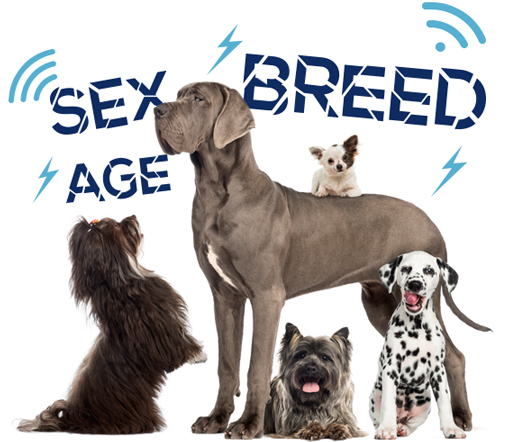What is the average patient signalment?
- Breed – Working group dogs, specifically herding group breeds and hounds.
- Age – Typically doesn’t develop at less than 1 year of age. Dogs of all ages can be afflicted with noise phobias.
- However, 78% of the cases presented in one study, were between 1 and 5 years.
-
- Dogs that have not previously been exposed to noise at a young age, but that may have future exposure to noise may be at higher risk.
- Sex – No sex predilection.
Are there any genetic or breed commonalities?
- All breeds are susceptible to developing noise phobias. However, there appears to be a higher incidence among the working dog group, specifically herding breeds and hounds. It is suspected that there is a genetic component to this disease.
- Dogs adopted from animal shelters also appear to have an increased risk of developing noise phobias.

